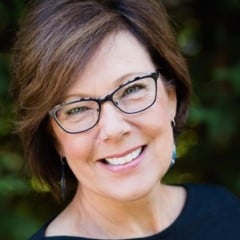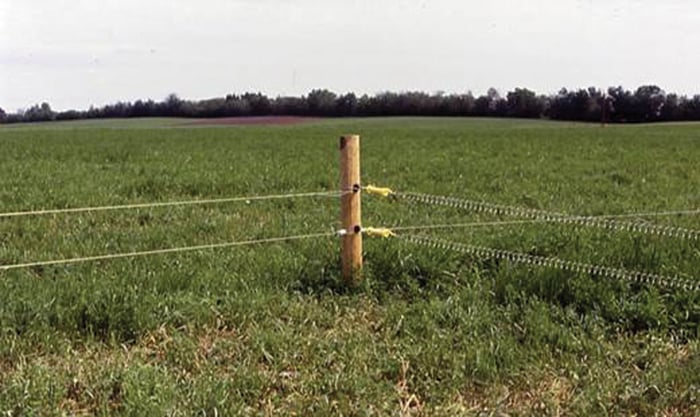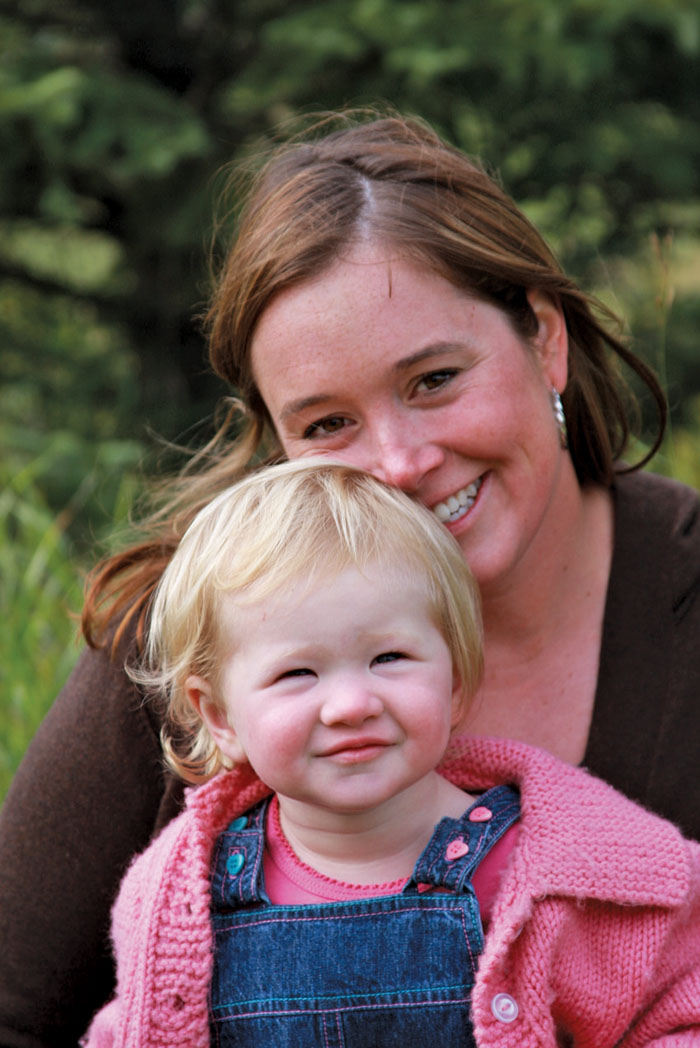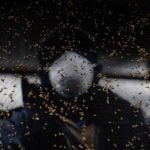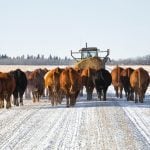Not all of us are all star players. I love basketball and although a decent shot, I am far from the star of the team. In setting up the person to make the shot, I always had to ask myself: Where should I be when I don’t have the ball?
In agriculture, we are often met with challenges that leave us scrambling, perhaps caught with a foul or holding the ball too long. These little setbacks may seem overwhelming at times. Team players understand it is their responsibility to do their best regardless of who gets the point.
Read Also
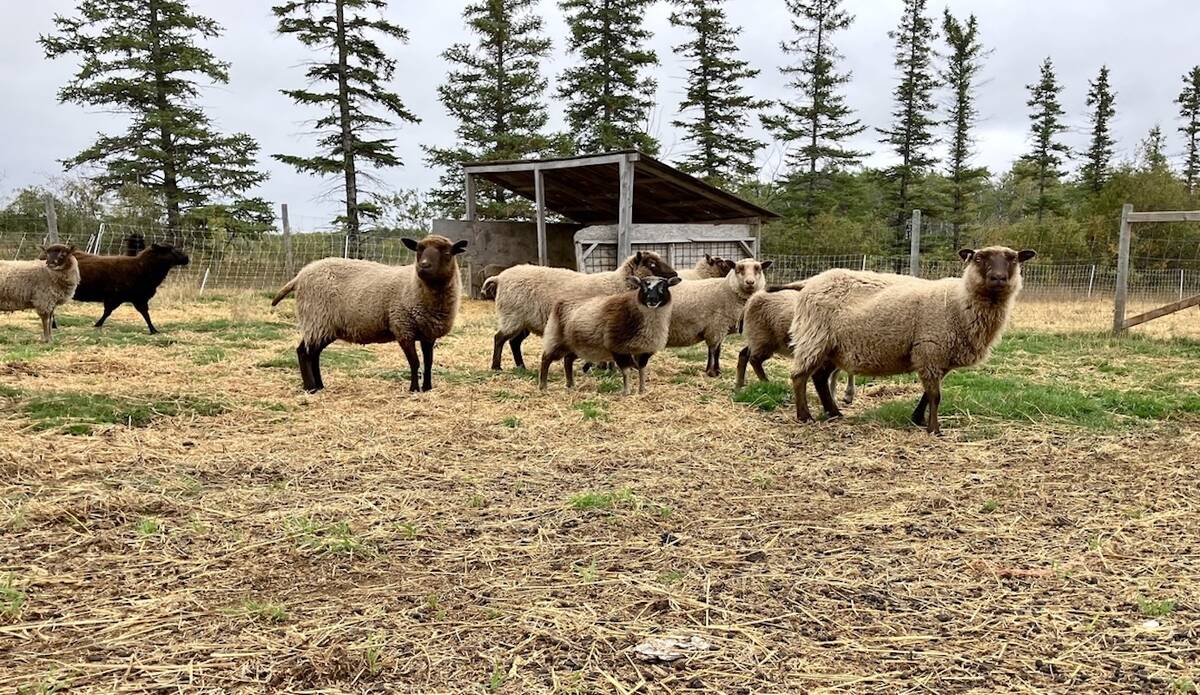
Mosquito-borne virus could be devastating to sheep breeding operations
Cache Valley virus, a mosquito-borne disease that infects small ruminants, could be a devastating hit to small operations.
I recently facilitated a group of young farmers through a hypothetical disaster at their farms. The case studies required everyone’s participation and that participation came with a responsibility to engage, empower and help find solutions for the struggling farmer. What would your response be to a neighbour caught hitting a cow or a neighbour misrepresented in the media? Let’s see how teamwork can help turn the tide and create preventive processes and protocols to mitigate risk.
Sandy (not her real name) had a dream of starting a vegetable and berry farm with her partner. She has never farmed before but is passionate about the possibilities and about growing food in a sustainable manner. Her location is good as her little farm sits on a main road. She has started by cultivating and planting some varieties so she can learn about the production end. I asked her to tell her story in 60 seconds and she did with clarity. As a team we talked about those areas in her story that were not clear and encouraged her to remove “want to” and “would like to” with “I am” and “I do” sentences. So rather than say, “I want to grow vegetables that are good and hope that I will have a roadside stand,” the statement would be more like, “I grow delicious vegetables that are produced in a sustainable way and sold fresh to you at my roadside stand.”
It was very exciting to have everyone engaged in the process and Sandy felt really good about her farm because she saw herself living the dream. Of course, like any basketball game, someone dropped the ball. In this case, we had created a situation where a customer bought product and claimed they were sick from it. The once engaged team sat back quietly — just like the cold shoulder you give the player who dropped the ball. My job was to bring them back to support the farmer and to help her ensure the situation could not repeat itself.
From the Country Guide website: Nourishing new farmers
The strongest attribute of a leader is to take responsibility for the situation. Sandy did so by acknowledging the fruit was from her farm, but took it one step further by asking for any leftover product for testing. At the advice of her team, she then had the batch tested for any possible contamination. In the meantime, the media was accusing her of mishandling the product. This led to a statement which clearly outlined her production practices. It had to be worded carefully though. Responding by saying, “I don’t use raw manure,” opens the gate for a media frenzy as that can easily be taken out of context. Working through a statement such as, “I provide organic nutrients in a sustainable manner,” is a closed-end statement and does not leave the farm gate open for further harassment.
Through the stress of that exercise, she also had the opportunity to engage with the rest of her team who set her up to score. In the end, she had a quality assurance program that had documented and auditable protocols and processes and a biosecurity program that included handwashing on site for her and her customers, a fact sheet on handling vegetables and fruit, and a “no trespass protocol” to keep snoops out of the growing fields. The production and presentation protocols were so tight that the risk was transferred entirely to the buyer. So if the customer chooses to leave their purchase sweltering in the car for the rest of the afternoon, Sandy could not be held responsible for the product.
What started out as a collective “you dropped the ball” attitude from the team turned into collective intelligence and problem solving. This left Sandy, the new farmer in the room, confident she could approach her fellow farmers for advice because they all bought into the leadership model. A model which says we are accountable at all times and we are prepared because preparedness mitigates risk. We are kind and generous, wanting to see our fellow farmer succeed because we alone cannot carry the ball and because agriculture benefits us all. We lead by inspiration and not by condemning someone who is on a losing streak and at all times we conduct ourselves from a place of core values and beliefs. As a team, we radiate confidence in ourselves and even on the day when we do not score, are always asking — for the betterment of our team, community and industry — where do I need to be when I don’t have the ball?

